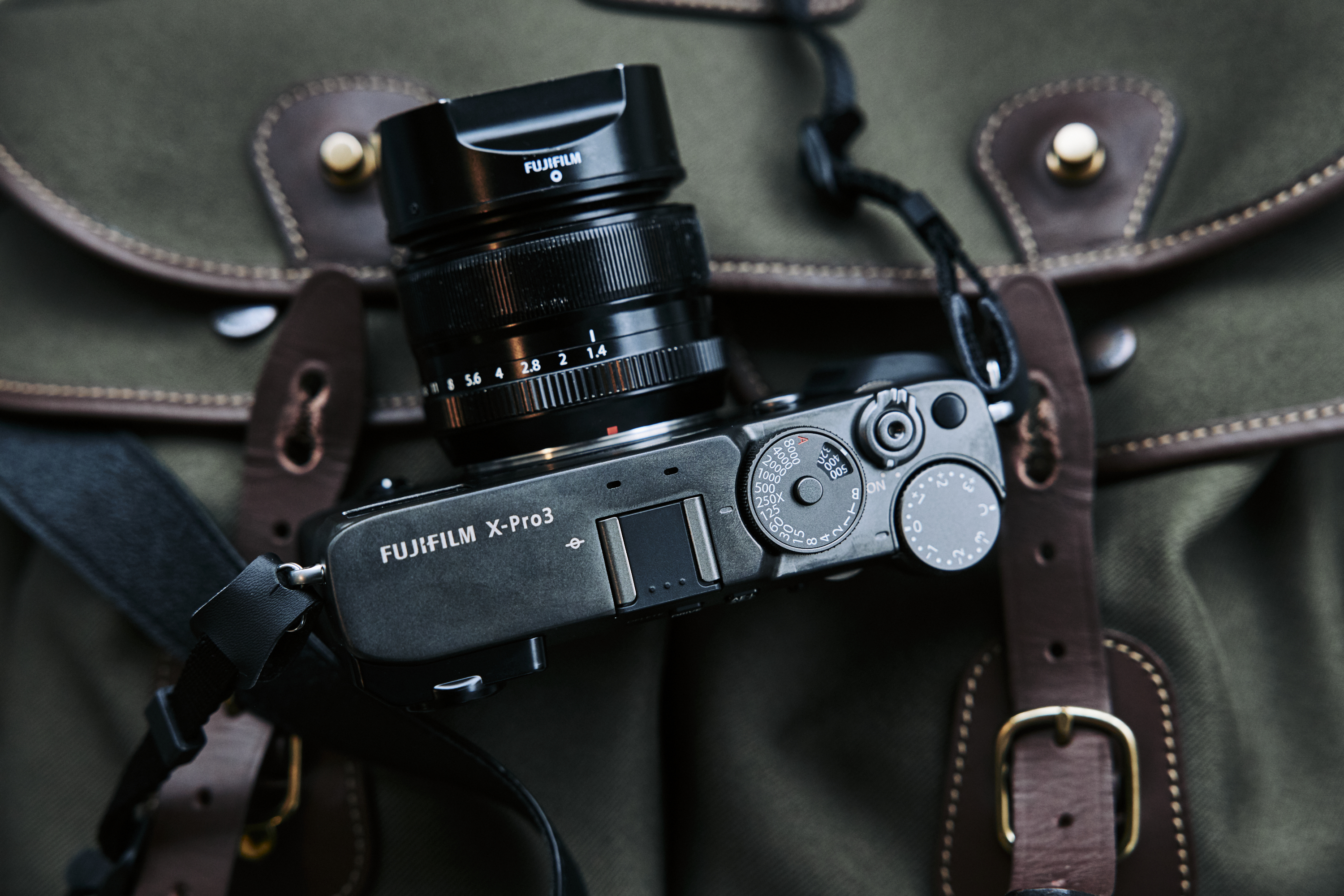Last Updated on 01/25/2020 by Mark Beckenbach
These APS-C and Micro Four Thirds cameras prove that non-full frame cameras are more than good enough for pro use.
Over the last few years, Full Frame has become a buzz term in the photography world. The sad thing is that there is a growing belief that if professional photographers use anything other than Full-Frame cameras, then they aren’t really a pro. That, my friends, is a bunch of nonsense. Professional photographers can get the best out of any camera regardless of sensor size. There are many non-Full Frame cameras on the market, specifically APS-C and Micro Four Thirds (and Medium Format, but that’s for another article) which are more than suitable for professional photographers and professional use. The non-Full Frame cameras we will share with you after the break prove you don’t need to have a Full-Frame camera to be a pro and get beautiful images.
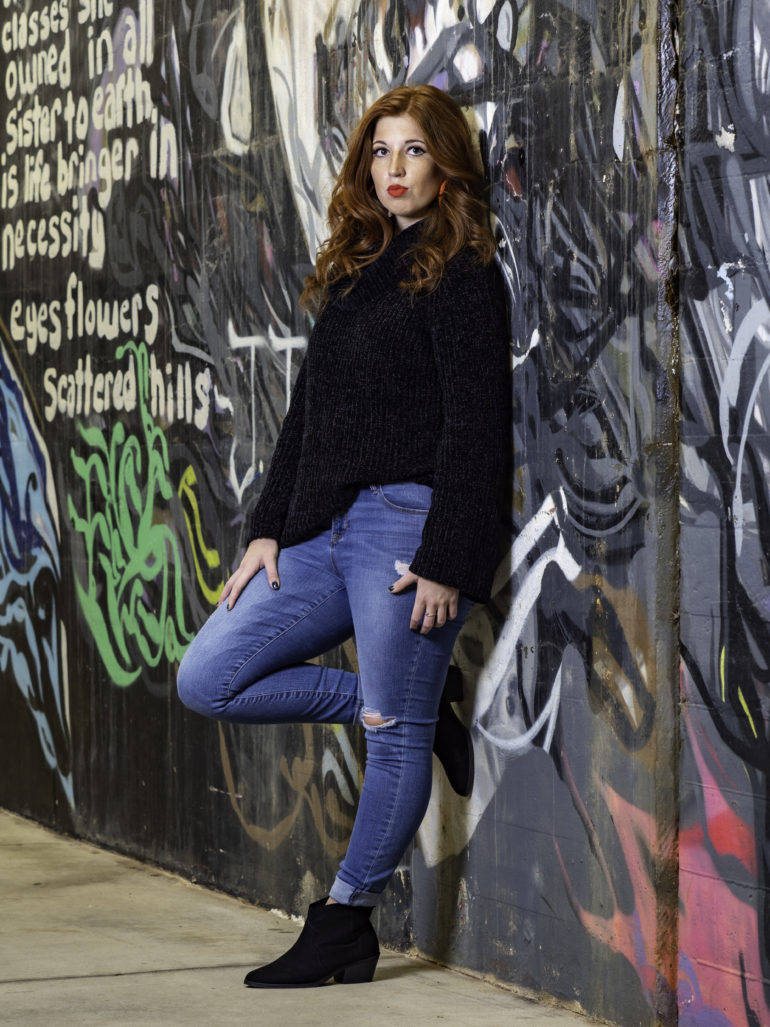
The non-Full Frame APS-C and Micro Four Thirds cameras listed below are more than capable of being used in professional settings. A short while ago, photographers believed that these types of cameras were for amateurs, hobbyists, and beginners, but the cameras below are feature-packed monsters that rival ‘professional’ Full-Frame options. The images M4/3 sensors and APS-C crop sensors can produce are simply stunning, and when paired with quality lenses, you’ll be even more amazed.
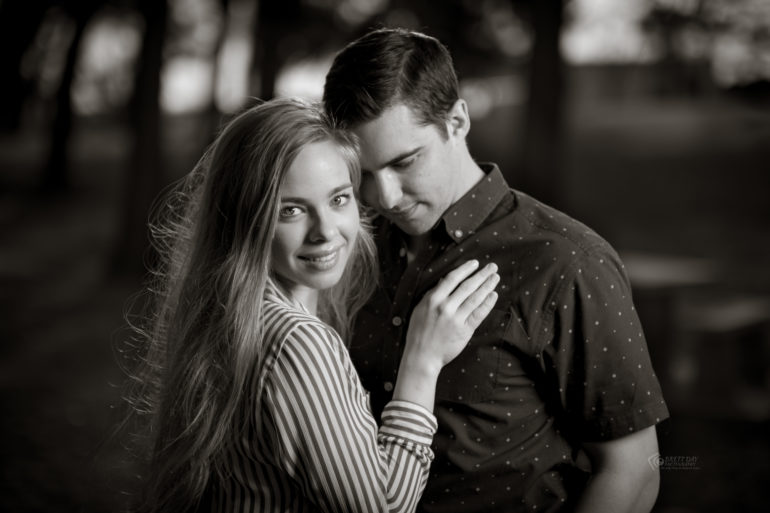
Personally, I use both Micro Four Thirds (Olympus) and APS-C (Pentax) cameras, and I have never had a single complaint from a client. The only time you will ever hear anyone say APS-C and Micro Four Thirds cameras cannot be used in professional settings is from other photographers who are ill-informed and/or ignorant. The size and weight benefits from carrying non-Full Frame cameras are huge, and you don’t sacrifice anything in quality unless you shoot in ultra low-light scenarios. But even then, with fast glass, improved sensor performance, and IBIS, this can be negated quite easily with crop sensor and M4/3 cameras.
Fujifilm X-T3

Here are the pros and cons from our full review:
Pro
- Brand new 26.1MP X-Trans CMOS 4 Sensor
- Brand new X-Processor 4 Image Processor
- Excellent weather sealing
- Very solid build quality
- Excellent image quality
- In body RAW processing with built-in film simulation profiles
- Versatile RAW files
- Amazing video capabilities
- Dual SD card slots (if your workflow requires it)
Con
- Battery life can use some improvement
- Lacks in-body image stabilization
- Low light performance is improved over the previous generation X-T2, but hit rates during high-speed low light situations still leave much to be desired
Buy now: $1,499
Sony a6600
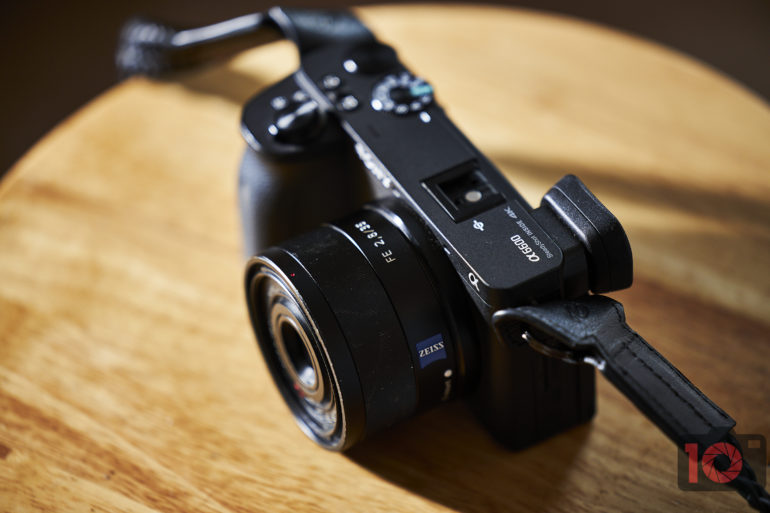
Here are the pros and cons from our full review:
Pros
- Feels better than all other APS-C Sony cameras
- It’s a mini a9
- The bigger battery is a very welcome addition
- Weather sealing is nice
- Image stabilization
- The combined weather sealing and bigger battery mean you can go all day on a single charge
- Lightweight and small-sized camera
- The quiet shutter in addition to the silent option
- A lot of buttons that help you get around some of the issues
- Fast-focusing even on the streets with continually changing light
- There is almost no reason to take it off of wide tracking and continuous autofocus
- Face detection for animals is very fun
- Low ISO detail retention in highlights and shadows is pretty good
Cons
- No lock on the mode dial
- Sony refuses to give us three direct control dials. Why?
- Sony refuses to put a joystick on the back
- No Dual Card Slots
- Face detection doesn’t seem as advanced as the a7 and a9 series
- Sony still limits a photographer from having full use of the touchscreen in a way similar to Canon and Panasonic
- The screen is sort of low resolution compared to the full-frame cameras
- It needs a viewfinder that flips up
- Focus peaking on the APS C bodies used to be amazing, and now not so much
- Detail loss above ISO 3200
- Why no USB C charging or port? Only Mini?
Buy now: $1,198
Olympus OMD E-M1 Mk II
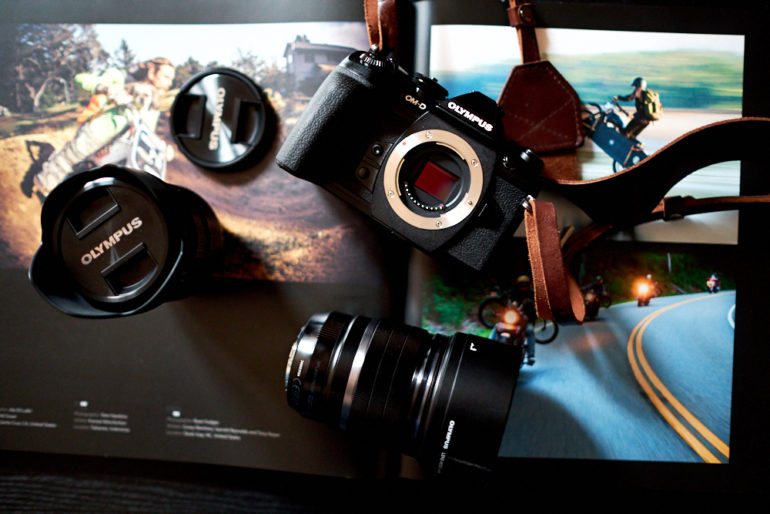
Here are the pros and cons from our full review:
Pros
- Good image quality though you start to see shadow noise at ISO 6400
- They’ve finally fixed that problem where ISO 6400 was marked as an extension
- Weather sealing that is bananas good
- We handheld the camera and got a blur-free image at 15 seconds
- Comfortable to hold
Cons
- Menus got deeper
- Fast autofocus can sometimes miss moving subjects in low light
- Despite having some of the best ergonomics we’ve ever felt on any camera to date, they desperately need a dedicated ISO control dial
Buy now: $1,299
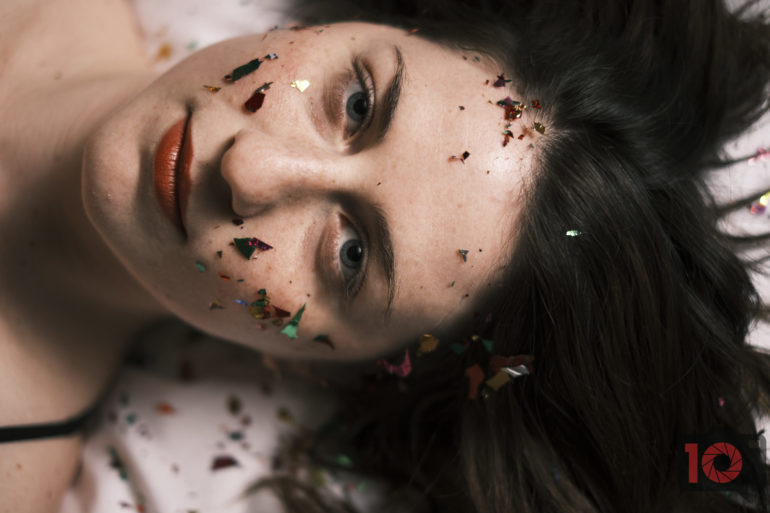
Pro Tip: No matter what type of camera you use, you’re going to need to take care of it if you want it to perform at its very best, and last for years to come. Cleaning your camera and all your gear is incredibly important, but something that is continuously overlooked. We recommend keeping a basic cleaning kit with you at all times so you can clean your gear while you’re out and about, and so you can give your camera a more thorough, deep cleaning bi-weekly. This cleaning kit is affordable and has everything you need to keep your gear in tip-top shop.
Fujifilm X Pro 3
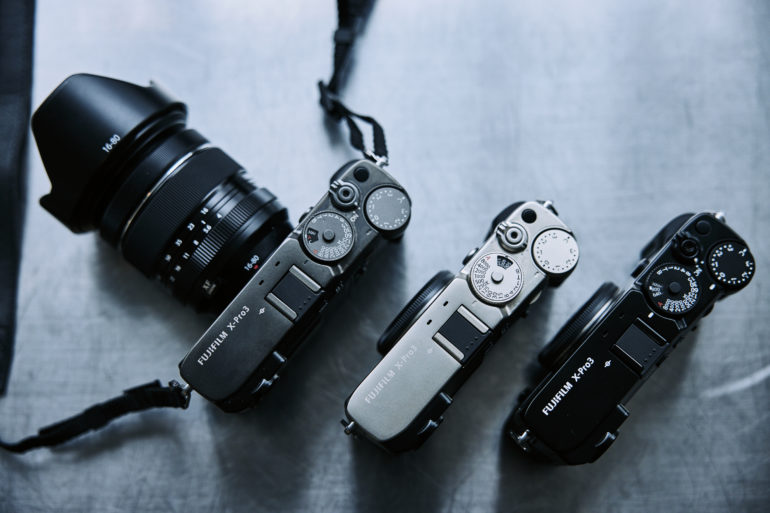
Here are the pros and cons from our full review:
Pros
- Superia is beautiful (Classic neg)
- We love the lack of no major screen
- Autofocus can be fine-tuned for different situations, but still isn’t perfect
- Everyone loves the look of Classic neg
- You can push the shadows for forever and get details – the Highlights not as much, but they’re still there
- The screen helps you stay focused and aware
- USB C charging ensures that you can keep using the camera
- Video features deliver pretty video
- Arguably, you don’t need to edit the RAW files because the JPEGs let you do so much
- For street and documentary shooting, the hidden screen will keep you in the zone when shooting
- Face detection is fantastic when not trying to track erratic movements
- Acros and clarity enhancements are going to make you fall in love with Fujifilm all over again
- The Chrome effect for skies is very nice, but sometimes very subtle
- Autofocus is fantastic for events and most professional work
- Fujifilm’s collection of small primes pair wonderfully with this camera
- The best camera to embrace high ISO noise on the market
- Using the OVF will prolong battery life at the expense of slower autofocus
- This is less of a street camera than it is a documentary and event shooter’s camera
- The wider lenses make zone focusing easy. This is imperative for street photography
- Multiple exposure mode is a very welcome addition
- Very good battery life
Cons
- Has problems keeping subjects in focus when they’re continuously moving
- When you need the screen, it’s a bit of an annoyance; like when photographing a portrait subject in motion
- This camera desperately needed Blackout Free EVF shooting
- Touchscreen menu navigation should be on this camera
- Autofocus needs improvements still. Face detection and tracking autofocus in street situations isn’t as fast as Sony
- When we rate images in-camera, the rating isn’t brought into Capture One Pro
- Enhancing the clarity makes the camera take extra time to render the image
- The battery life in long term use is about on par with the new Sony Z batteries
- Shooting from the hip? You may accidentally hit the function button and not the shutter release
- Exposure dial needs a locking mechanism
- Multiple Exposure mode saves the final images only as JPEGs
- The addition of image stabilization could have meant that this camera has a better chance of becoming the perfect camera for street photography
Buy now: $1,729
Panasonic GH5s
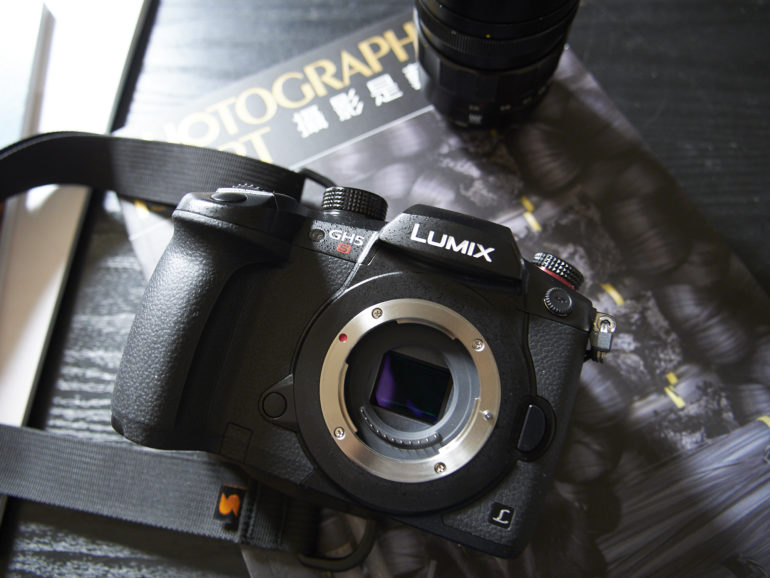
Here are the pros and cons from our full review:
Pros
- Weather sealing
- Great autofocus in most situations
- Focus peaking for manual focus lenses
- High ISO output is great
- Because this is a 10.2MP Four Thirds sensor, the pixels are more densely packed and therefore give off pretty detailed images.
- Tactile things on the buttons make you realize what they are
Cons
- That’s a lot of money to pay
- Detail loss above 6400 is a bit too much
Buy now: $1,997.99
Nikon D500

Here are the pros and cons from our full review:
Pros
- Fast, accurate autofocus
- A dedicated thumb joystick on the back for changing AF points
- The new touchscreen is an interesting and welcome addition
- Integration of Wi-Fi is welcome
- Top-notch build quality
- Battery life that refuses to die
- Such a good camera that we honestly think it’s overkill for a lot of people
Cons
- Pretty big and tough to get into some messenger bags
Buy now: $1,496.95
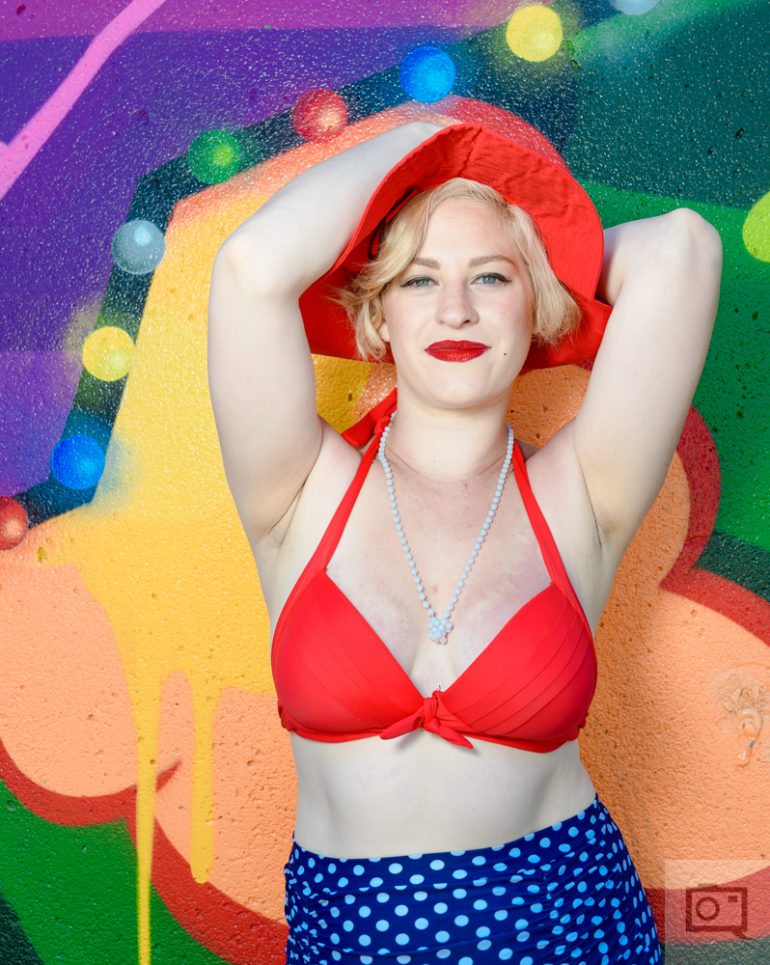
Pro Tip: All the non-full frame cameras listed here are incredible when it comes to their overall performance. In fact, there is not a single camera here that shoots less than ten frames per second. Having such high burst rates is fantastic, especially if you shoot sports or like to capture dynamic portraits, but fast frame rates can fill up your SD cards quickly. We always recommend keeping spare SD cards on your person all the time. Not only will it enable you to keep shooting when one fills up, but you’ll also be covered if the one you are using corrupts. SD cards are cheap now, so it is wise to stock up and save while you can.
Olympus OMD EM1X
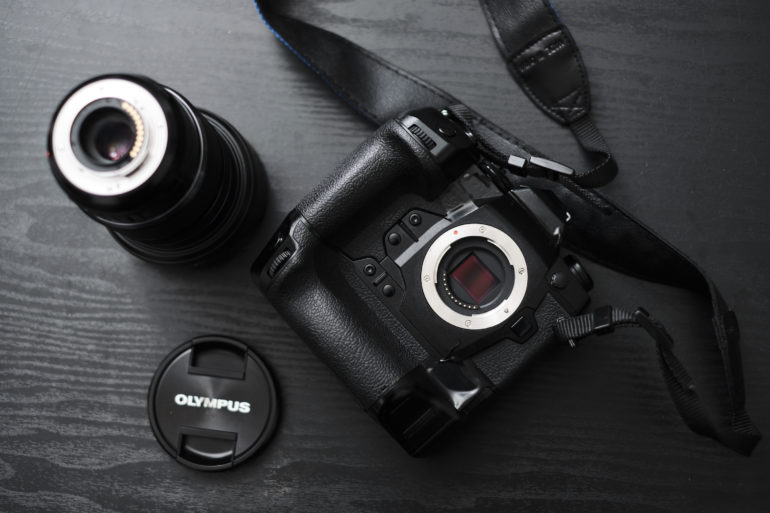
Here are the pros and cons from our full review:
Pros
- Very fast autofocus
- Autofocus is fast for tracking but still isn’t what Sony does in the Sony a9
- Very well weather sealed
- Lightweight
- A joy to carry and hold
- We love that there is no automatic mode of any sort
- The viewfinder is very nice
- C-lock switch is awesome
- One of the best weather-sealed mirrorless cameras we’ve ever tested
- Damned good image stabilization
Cons
- Face detection isn’t as good as Sony’s and Fujifilm’s
- This system needs more long zooms/primes with an f2 or f2.8 aperture
- Needs a star rating system for the images
- We had a battery issue and the camera overheated
- We miss Sony’s and Canon’s no viewfinder blackout by default with everything. You have to go into Pro Capture Mode to get this
- This is a very noisy camera at ISO 6400
- The RAW files aren’t super versatile at higher ISO settings
- The battery life continues to drain for some odd reason
Buy now: $2,499
Canon 7D Mk II
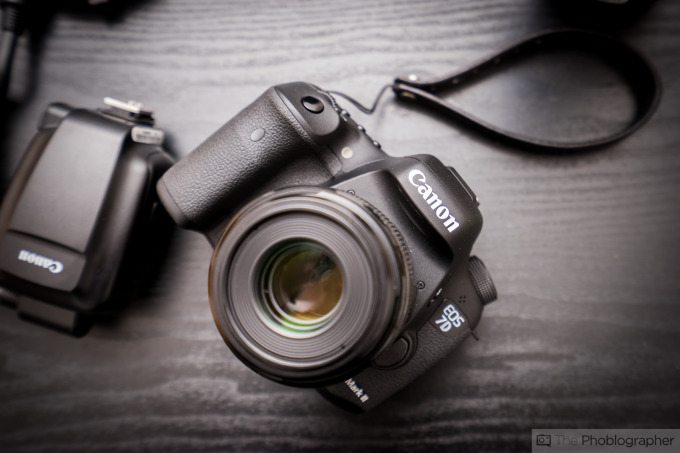
Here are the pros and cons from our full review:
Pros
- Excellent autofocus system
- Big, beautiful viewfinder
- Dual card slots enable you to shoot with some images transferring over Wifi if you use an EyeFi Card
- Fast FPS shooting at 10 frames at second
- Better ETTL transmission with Canon products
- Versatile RAW files
- Weather sealing
- Phenomenal battery life
- Pretty decent high ISO results
Cons
- Autofocus with Sigma glass can be messy and inaccurate
- TTL transmission problem with Phottix products. Again, this is a Canon problem.
- Not much of a step up beyond the original Canon 7D
Buy now: $1,070.27


